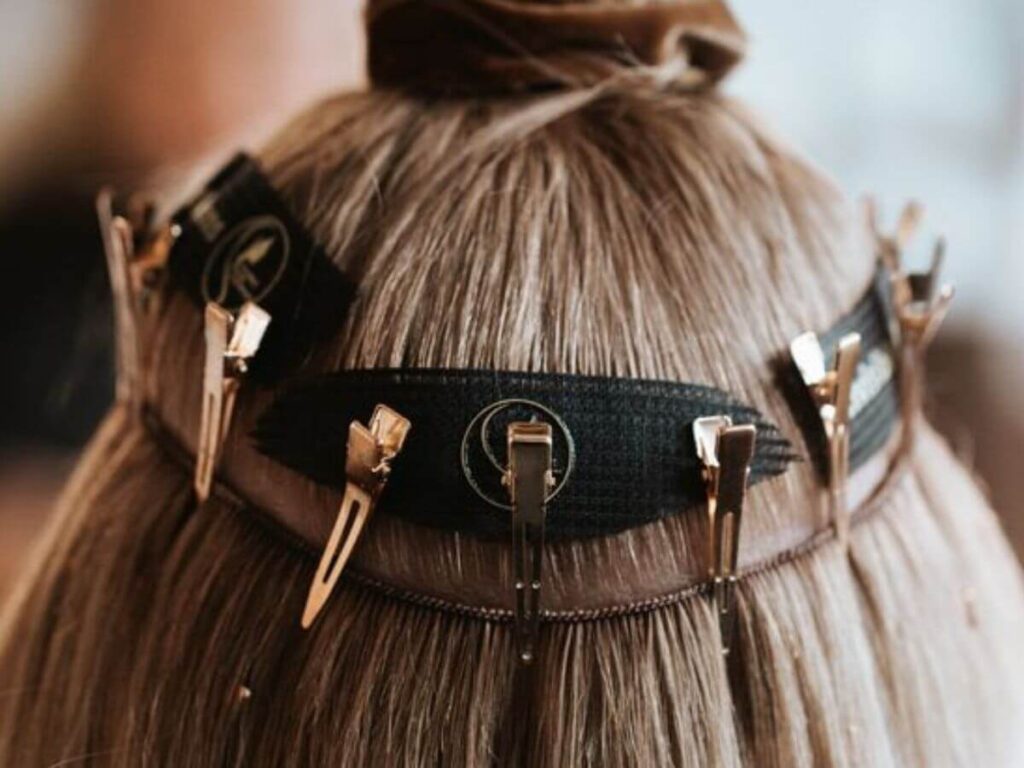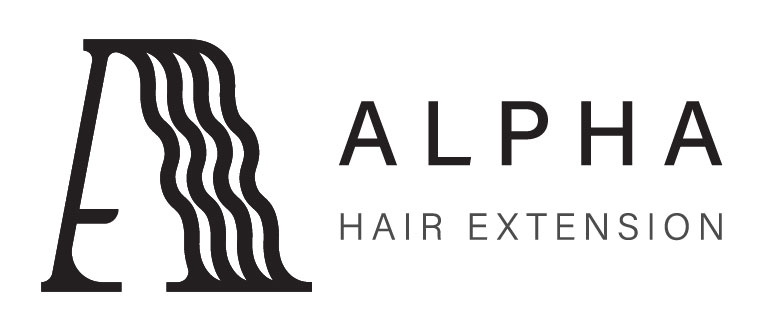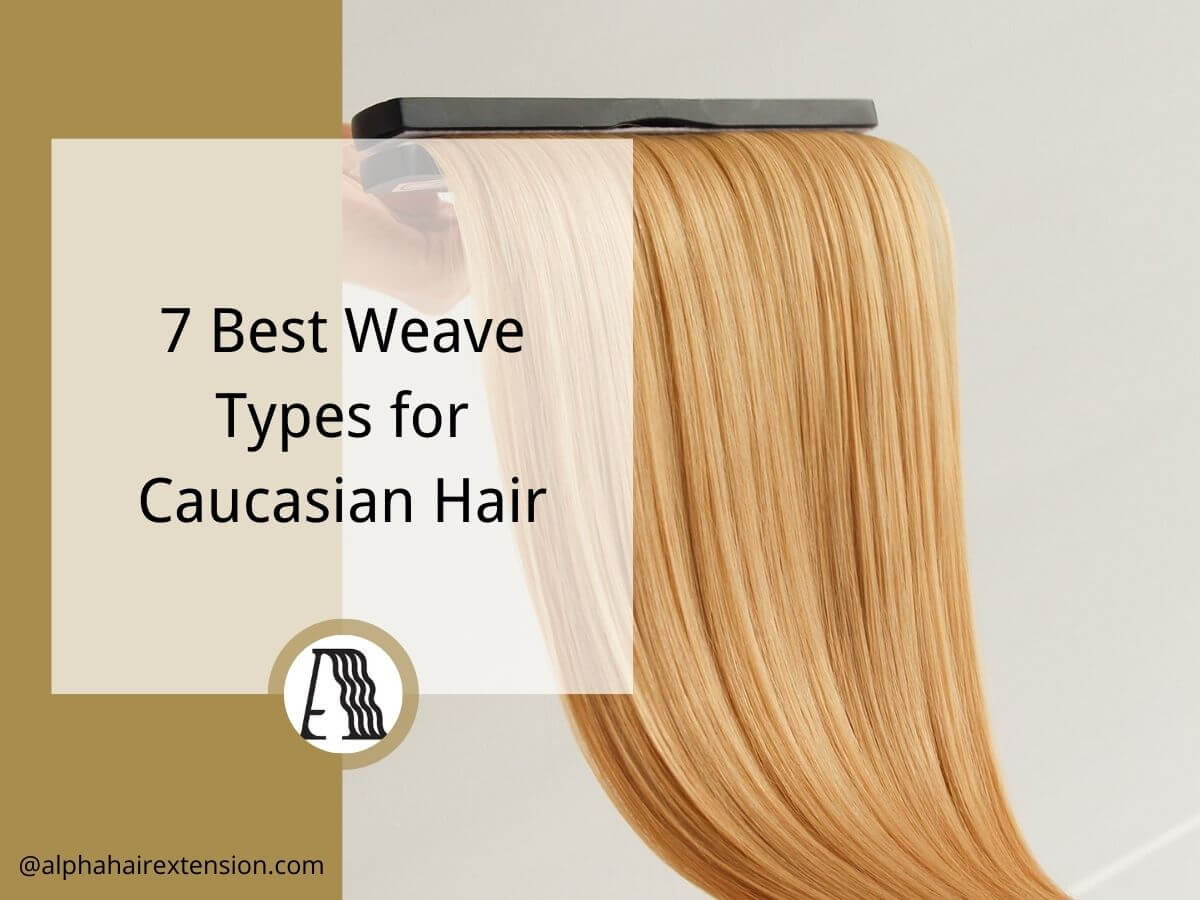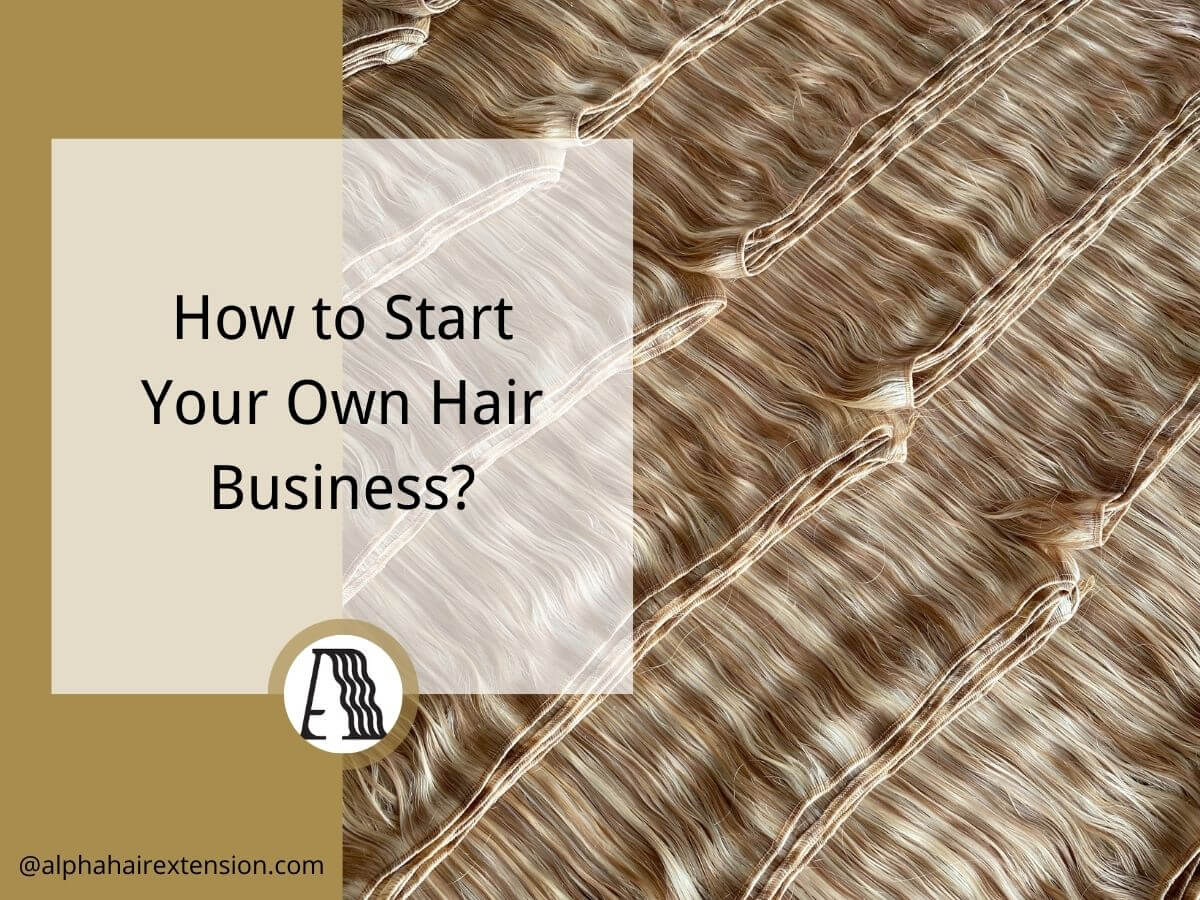A few years ago, I had a client who was frustrated with sew-in extensions. They were too tight, time-consuming to install, and difficult to maintain. When I introduced her to tape-ins, she never looked back.
If you’re in the hair business, you’ve probably faced the same question: tape-ins or sew-ins? Which is better for your clients and your bottom line?
I’ve worked with top industry suppliers, tested various extension methods, and seen firsthand how they perform in real life. This review is based on experience, not just theory.
By the end of this article, you’ll know exactly how tape-ins compare to sew-ins in terms of cost, application time, client satisfaction, and business growth. Spoiler: one method clearly stands out.
The right choice isn’t just about hair—it’s about efficiency, profitability, and keeping clients coming back.
So, let’s break it all down!
1. Understanding Tape-In Extensions
Choosing the right hair extension method is a big decision for both stylists and clients. Whether you’re a stylist looking to offer a more efficient service or a business owner considering expanding your product line, understanding the details of tape-ins can help you make the best choice.
What Are Tape-In Extensions?
I remember the first time I used tape-in extensions for a client. She was skeptical, worried they wouldn’t hold up over time. But when she came back weeks later, she couldn’t stop raving about how natural they looked and how easy they were to maintain. Tape-ins are designed for a seamless blend and are applied using a medical-grade adhesive that bonds with the natural hair.
Unlike clip-ins, which need to be taken out daily, tape-in extensions provide a semi-permanent solution that offers both convenience and comfort. Many stylists prefer them because of how lightweight they feel and how well they integrate with different hair types.
Application Process
The beauty of tape-in extensions is how quick and simple the installation is. A stylist sections the hair and places small wefts between natural strands, pressing them together to secure the bond. There’s no need for heat or sewing, which means less stress on the hair and scalp. The entire process usually takes between 30 minutes to an hour, making it one of the fastest installation methods available.
Maintenance and Longevity
One of the biggest advantages of tape-ins is how easy they are to maintain. Unlike sew-ins, they don’t require extensive washing routines or complicated care methods. With proper upkeep, they can last anywhere from six to eight weeks before needing a touch-up. Clients do have to avoid oil-based products near the adhesive to prevent slippage, but aside from that, maintenance is minimal.
Who Benefits from Tape-Ins?
Tape-in extensions are a game-changer for both stylists and business owners. If you run a salon or a hair extension business, they allow for quick turnover, meaning you can service more clients in a shorter amount of time. They’re also ideal for clients who want volume and length without committing to high-maintenance routines.

2. Understanding Sew-In Extensions
For many years, sew-in extensions have been a go-to method for adding length and volume. They offer a long-lasting solution that doesn’t require adhesives, making them ideal for certain hair types.
What Are Sew-In Extensions?
Sew-ins have been around for a long time, and for a good reason. They offer a secure, long-lasting extension method that doesn’t rely on adhesives. A client came to me once, excited about getting her first sew-in. She wanted something that could withstand daily wear and styling without worrying about slipping. While sew-ins delivered on longevity, they also came with drawbacks she hadn’t anticipated.
Application Process
The installation process for sew-ins is significantly longer than tape-ins. The natural hair must first be braided into cornrows, providing a base for the extensions. Then, wefts of hair are sewn into the braids using a needle and thread. This process can take anywhere from two to four hours, depending on the desired volume.
Maintenance and Longevity
Sew-in extensions can last anywhere from six to twelve weeks, but they require much more maintenance. Clients need to be careful with moisture buildup under the braids to prevent mildew or itching. Washing and drying hair properly can be a challenge, especially for those who aren’t used to the upkeep. Unlike tape-ins, sew-ins aren’t as easily reusable, meaning clients often need to purchase new hair for each install.
Who Typically Uses Sew-Ins?
Sew-ins are often preferred by individuals with thicker, coarser hair that can withstand the tension from braiding. They’re also a go-to choice for clients looking for a long-term extension solution and don’t mind the extra time and effort required for maintenance.

3. Key Differences Between Tape-In and Sew-In Extensions
While both tape-in and sew-in extensions serve the same purpose, they differ significantly in terms of application, maintenance, and comfort. Understanding these differences can help businesses and stylists determine which method is the most suitable for their clientele.
| Feature | Tape-In Extensions | Sew-In Extensions |
| Application Time | Applied in under an hour, allowing for more appointments per day. This is beneficial for both stylists who want to increase efficiency and clients who don’t want to spend hours in the chair. | Takes several hours, limiting the number of clients that can be seen in a day. The long process can be exhausting for both the stylist and the client. |
| Durability & Longevity | Needs maintenance every 6-8 weeks but can be reused, making it cost-effective. With proper care, tape-in extensions can be reapplied multiple times, making them a great investment. | Lasts longer but cannot be easily reused, requiring fresh wefts for most installs. Clients may have to purchase new hair more frequently, increasing the overall cost over time. |
| Comfort & Wearability | Lightweight and comfortable with minimal scalp tension. Most clients report that they barely feel them once installed, and they integrate naturally with their own hair. | Can cause scalp tension and discomfort due to tight braiding. Some clients experience headaches or irritation, especially in the first few days after installation. |
4. Pros and Cons of Tape-In and Sew-In Extensions
Pros of Tape-In Extensions
- Offer a lightweight and natural look that blends seamlessly with natural hair.
- Easy to install, remove, and reuse, making them a great investment for clients.
- Require less time for application compared to sew-in extensions, allowing for more client appointments.
- Cause minimal tension on the scalp, making them comfortable to wear.
Cons of Tape-In Extensions
- Require regular maintenance every 6-8 weeks to maintain their hold.
- Clients must be cautious about using certain hair products near the adhesive to prevent slippage.
- If not installed correctly, they can slip out, requiring professional adjustment.
Pros of Sew-In Extensions
- Provide a long-term solution without relying on adhesives, making them ideal for some hair types.
- Allow for more diverse styling options, including heat styling and chemical treatments.
- Tend to last longer than tape-ins, making them a suitable choice for clients who want a longer-lasting look.
Cons of Sew-In Extensions
- Require a longer installation time, often taking several hours to complete.
- Can put tension on natural hair, leading to potential breakage over time.
- Improper maintenance can result in scalp issues, including itching, buildup, and discomfort.
Understanding these factors can help businesses and stylists determine the best option for their clients based on their lifestyle, maintenance commitment, and hair type.
5. Factors to Consider When Choosing Between Hair Extensions
There’s no one-size-fits-all answer when it comes to choosing the right type of hair extension for your business or your clients. Over the years, I’ve learned that understanding these five key factors can help avoid frustration, and lead to better results.
Client Lifestyle
Ask your clients how often they want to visit for maintenance. Clients with busy lives may appreciate the low-maintenance feel of tape-ins, while others might be okay with longer appointments if it means longer wear time, like with sew-ins. Knowing how much upkeep your clients are truly willing to commit to makes all the difference.
Hair Type and Scalp Sensitivity
This one’s big. I’ve had clients with fine hair who couldn’t handle the pull of a sew-in. Tape-ins, being lighter and less invasive, tend to work better for those with sensitive scalps or thinner strands. Listening closely to your client’s past experiences will guide you in the right direction.
Budget and Reusability
Tape-ins can be reused several times, making them more cost-effective in the long run. Sew-ins might last longer in one go, but they often require fresh hair with each new installation. Consider what your client is comfortable spending—not just once, but across multiple visits.
Styling Flexibility
Both types offer styling versatility, but if your clients love switching things up regularly, tape-ins make it easier to reposition or remove extensions. Sew-ins, on the other hand, are more of a commitment. If versatility is high on your client’s priority list, tape-ins give them more freedom to explore different looks.
Conclusion
Remember that client I told you about? She never looked back after switching to tape-ins. And neither will you.
Tape-ins are quick, reusable, and loved by clients. They’re a win for your business and an even bigger win for your bottom line.
So why wait? Why keep using outdated methods when a better one is right in front of you?
Are you ready to make a change?
Contact us today! Let’s transform your business—one tape-in at a time.
Explore Related Resources
Want to see more products? We’ve got plenty of options that might just be the perfect fit for you:
- Tape-In Hair Extension
- I-Tip Hair Extension / Stick Tip Hair Extension
- Genius Weft/Flat Weft Extension
Still haven’t found what you’re looking for? Don’t hesitate to contact us. We’re available around the clock to assist you.







